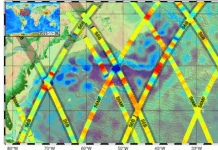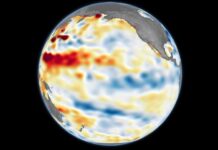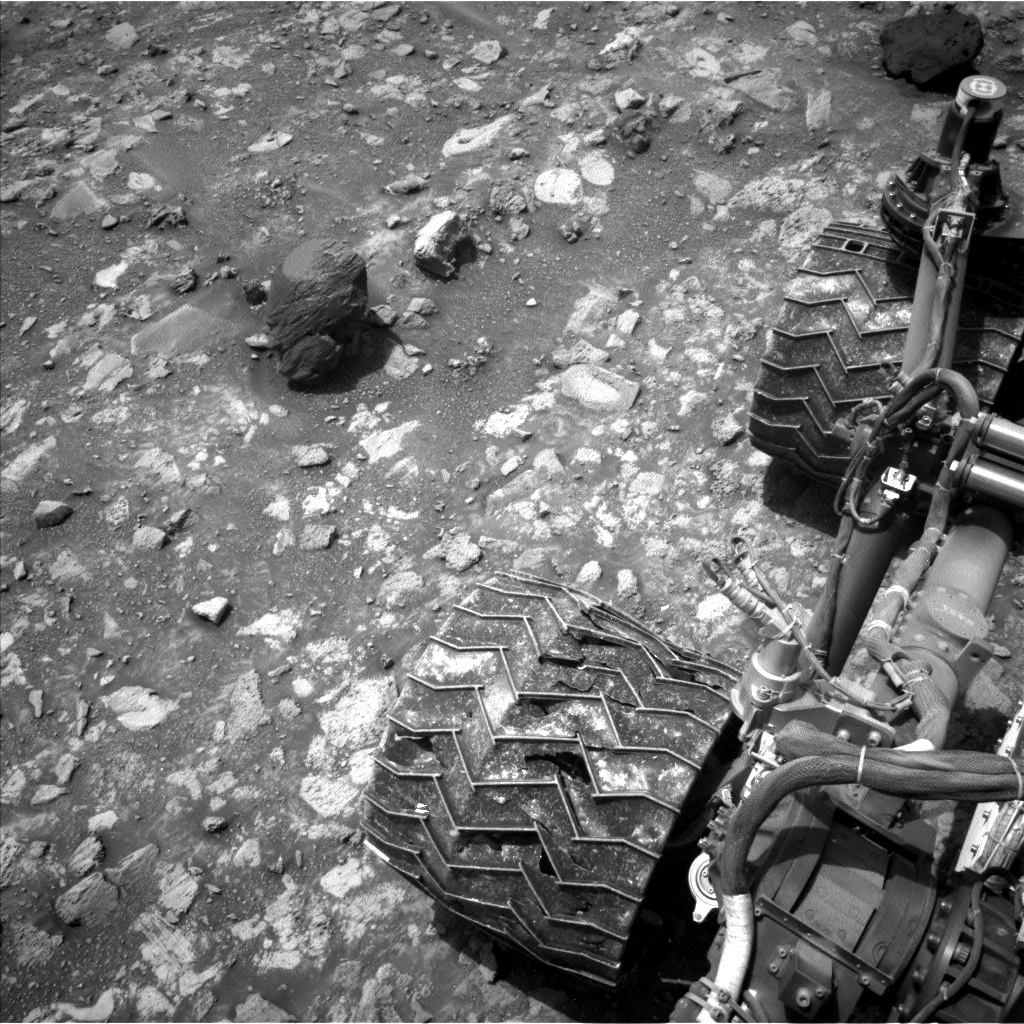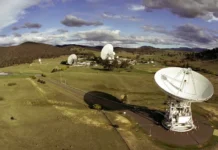—
Exploration of Mars: Navigating with Curiosity – A Journey to Tungsten Hills
The journey of NASA’s Curiosity rover on Mars is a remarkable tale of exploration and scientific discovery. As the rover continues its mission, it recently embarked on a new journey towards an intriguing geological feature known as the Tungsten Hills. This article delves into the latest developments from sols 4297-4299 (Martian days), providing an in-depth look at the rover’s activities, scientific endeavors, and its current location on the Red Planet.
Background and Mission Overview
The Curiosity rover, part of NASA’s Mars Science Laboratory (MSL) mission, has been exploring the Martian surface since its landing in August 2012. Its primary goal is to investigate the planet’s climate and geology, assess whether Gale Crater has ever offered environmental conditions favorable for microbial life, and gather data for future human missions to Mars. The rover is equipped with a suite of scientific instruments designed to conduct various analyses, including atmospheric, geological, and chemical.
Latest Developments: Sols 4297-4299
On September 6, 2024 (Earth planning date), Curiosity was involved in several scientific activities aimed at understanding the immediate environment within the Gediz Vallis channel. The rover’s navigation and scientific teams meticulously planned a three-sol (Martian days) mission to study various rock formations and drive towards the Tungsten Hills.
Key Scientific Activities
- Contact Science:
- MAHLI and APXS Collaboration: The Mars Hand Lens Imager (MAHLI) and Alpha Particle X-ray Spectrometer (APXS) worked together to analyze a gray rock. The targets, named "Big Baldy" and "Big Bird Lake," were selected for their unique features.
- ChemCam Analysis: The Chemistry and Camera complex (ChemCam) used its Laser Induced Breakdown Spectroscopy (LIBS) to examine a rock with a reddish coating, named "Purple Creek," and a light-toned rock, "Garlic Meadow." This analysis helps determine the chemical composition of these rocks.
- Imaging and Documentation:
- Mastcam Mosaics: The Mast Camera (Mastcam) team created several mosaics to document Curiosity’s surroundings. These mosaics include:
- An extended image of the current workspace, captured at dusk to utilize diffuse lighting.
- Two mosaics, one of which is in stereo, to characterize the floor of the depression in front of Tungsten Hills and investigate the exposed light rocks.
- A stereo mosaic to image Tungsten Hills and the surrounding terrain in preparation for the rover’s approach.
- Mastcam Mosaics: The Mast Camera (Mastcam) team created several mosaics to document Curiosity’s surroundings. These mosaics include:
- Long Distance Imaging:
- RMI Image of Yardang Unit: ChemCam also captured a long-distance Remote Micro-Imager (RMI) image of the yardang unit—a wind-eroded feature—capping Mount Sharp. This helps understand the geological history and processes shaping the landscape.
- Autonomous Target Selection:
- AEGIS Activity: The Autonomous Exploration for Gathering Increased Science (AEGIS) system allowed Curiosity to autonomously select geochemical targets for further spectrometry analysis, enhancing the efficiency of scientific operations.
Curiosity’s Progress and Future Plans
Curiosity made significant progress by completing a 60-meter (approximately 197 feet) drive across the channel floor within Gediz Vallis, parking along the edge of a shallow linear depression. This location is about 20 meters (66 feet) away from the intriguing Tungsten Hills, which is the rover’s next destination.
The science team, led by Sharon Wilson Purdy, a Planetary Geologist at the Smithsonian National Air and Space Museum, compiled a comprehensive plan for the weekend. This includes additional contact science and targeted investigations to be conducted over the next three sols.
Technical Jargon Explained
- Sol: A Martian day, which is approximately 24 hours and 39 minutes.
- MAHLI: Mars Hand Lens Imager, a camera on Curiosity used for close-up images of rocks and soil.
- APXS: Alpha Particle X-ray Spectrometer, an instrument that analyzes the chemical elements in rocks and soil.
- ChemCam: Chemistry and Camera complex, which uses laser-induced breakdown spectroscopy to analyze the composition of Martian rocks and soil.
- LIBS: Laser Induced Breakdown Spectroscopy, a technique that uses a laser to excite atoms in a sample, causing them to emit light that can be analyzed to determine the sample’s composition.
- RMI: Remote Micro-Imager, a high-resolution camera on ChemCam used for detailed imaging.
- AEGIS: Autonomous Exploration for Gathering Increased Science, a software system enabling the rover to autonomously select and analyze targets.
The Importance of Tungsten Hills
The Tungsten Hills represent an area of significant scientific interest due to their unique geological features. Understanding the composition and formation of these hills can provide valuable insights into Mars’ geological history and the processes that have shaped its surface. The dark, textured rocks in this region may hold clues about past environmental conditions, including the presence of water.
Reactions and Reviews
The scientific community eagerly anticipates the data Curiosity will gather from the Tungsten Hills. The rover’s ability to autonomously select targets and perform detailed analyses enhances its efficiency, allowing for more comprehensive scientific investigations. This autonomy is crucial for maximizing the scientific return from missions on distant planets where real-time human intervention is not possible.
Additional Resources and Information
For those interested in following Curiosity’s journey and the latest updates from Mars, NASA provides several resources:
- Mission Overview: Curiosity Mission Overview
- Current Location: Where is Curiosity?
- Mission Updates: Curiosity Science Updates
- Raw Images: Curiosity Raw Images
- Mars Missions: Mars Missions Overview
Conclusion
Curiosity’s exploration of the Tungsten Hills is a testament to the advancements in space exploration and the relentless pursuit of knowledge about our neighboring planet. As the rover continues its mission, the data it collects will contribute to our understanding of Mars’ past, present, and potential for future human exploration. The journey of Curiosity is not just a scientific endeavor but also a source of inspiration, showcasing the ingenuity and determination of humanity in unraveling the mysteries of the cosmos.
Stay tuned for more updates on Curiosity’s adventures and the exciting discoveries awaiting in the Tungsten Hills.
—
Feel free to share your thoughts and follow Curiosity’s journey through the provided resources. The exploration of Mars continues to captivate and inspire, pushing the boundaries of what we can achieve in our quest to understand the universe.
- AEGIS Activity: The Autonomous Exploration for Gathering Increased Science (AEGIS) system allowed Curiosity to autonomously select geochemical targets for further spectrometry analysis, enhancing the efficiency of scientific operations.
For more Information, Refer to this article.


































